The Faces of the School of Athens
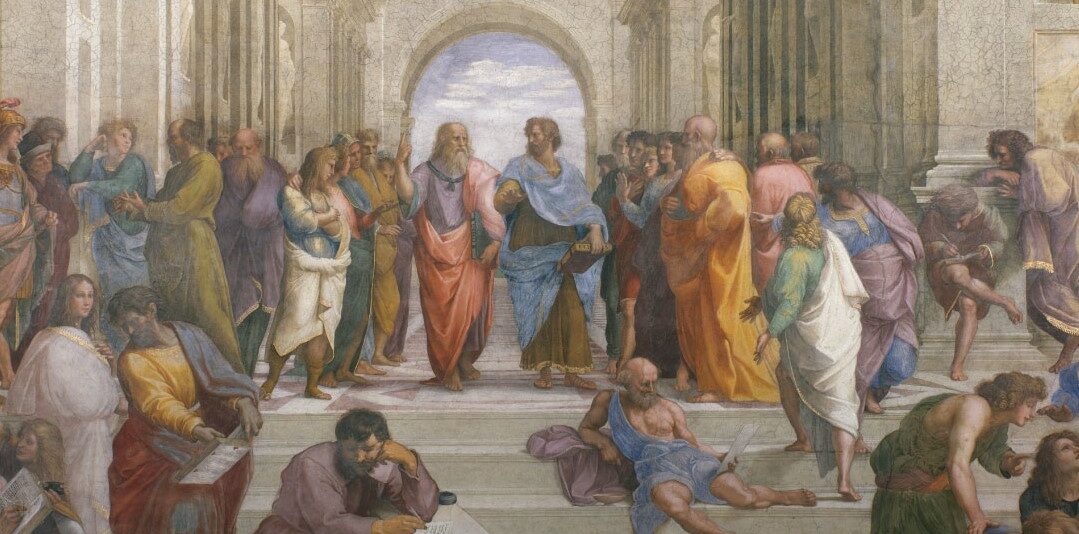
It’s not easy to give a face to figures from antiquity: we can’t rely on photographs or even portraits, as we could for Napoleon or the rulers of Renaissance Europe.
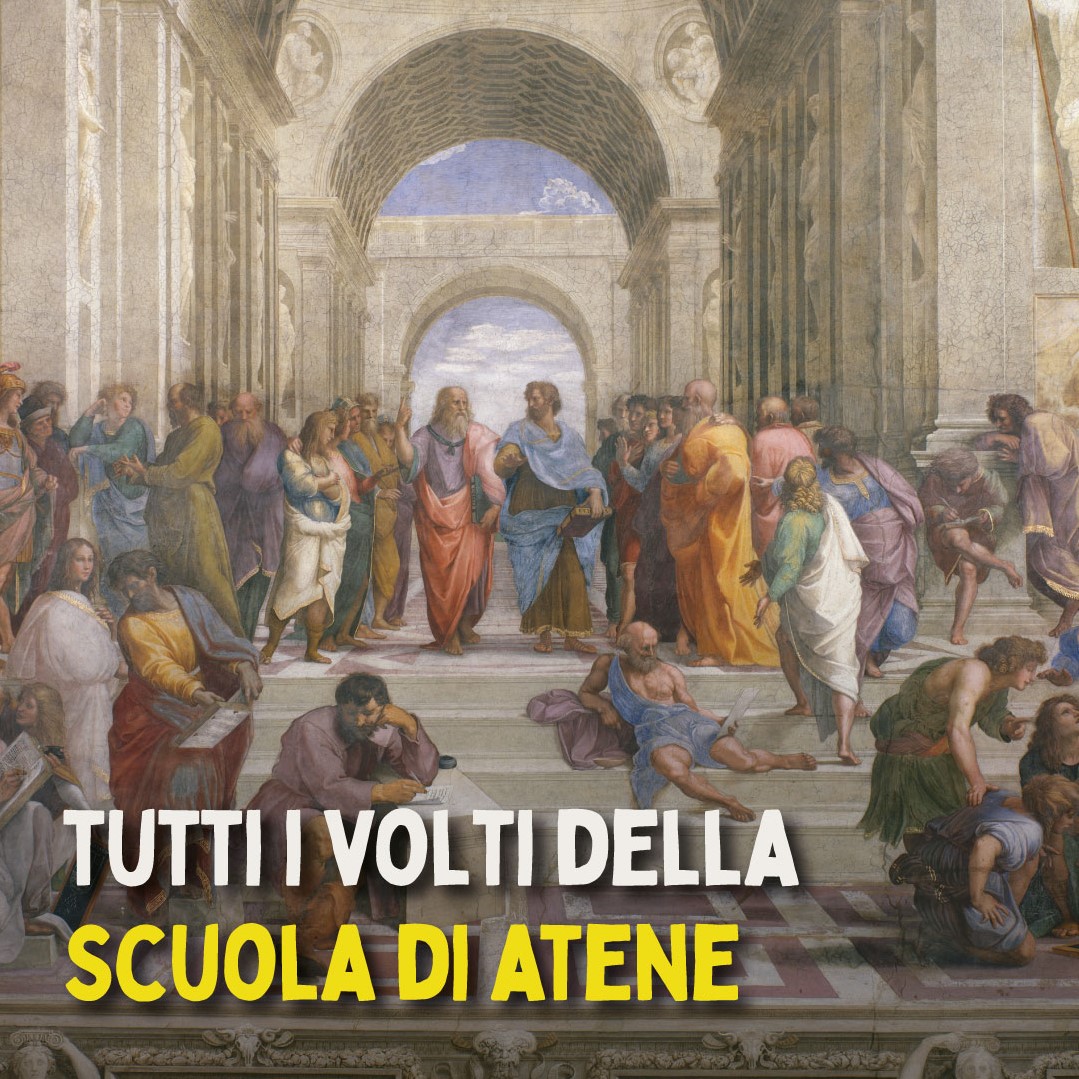 So when Raphael Sanzio found himself painting The School of Athens at the beginning of the 16th century, he couldn’t look to ancient Greece for inspiration.
So when Raphael Sanzio found himself painting The School of Athens at the beginning of the 16th century, he couldn’t look to ancient Greece for inspiration.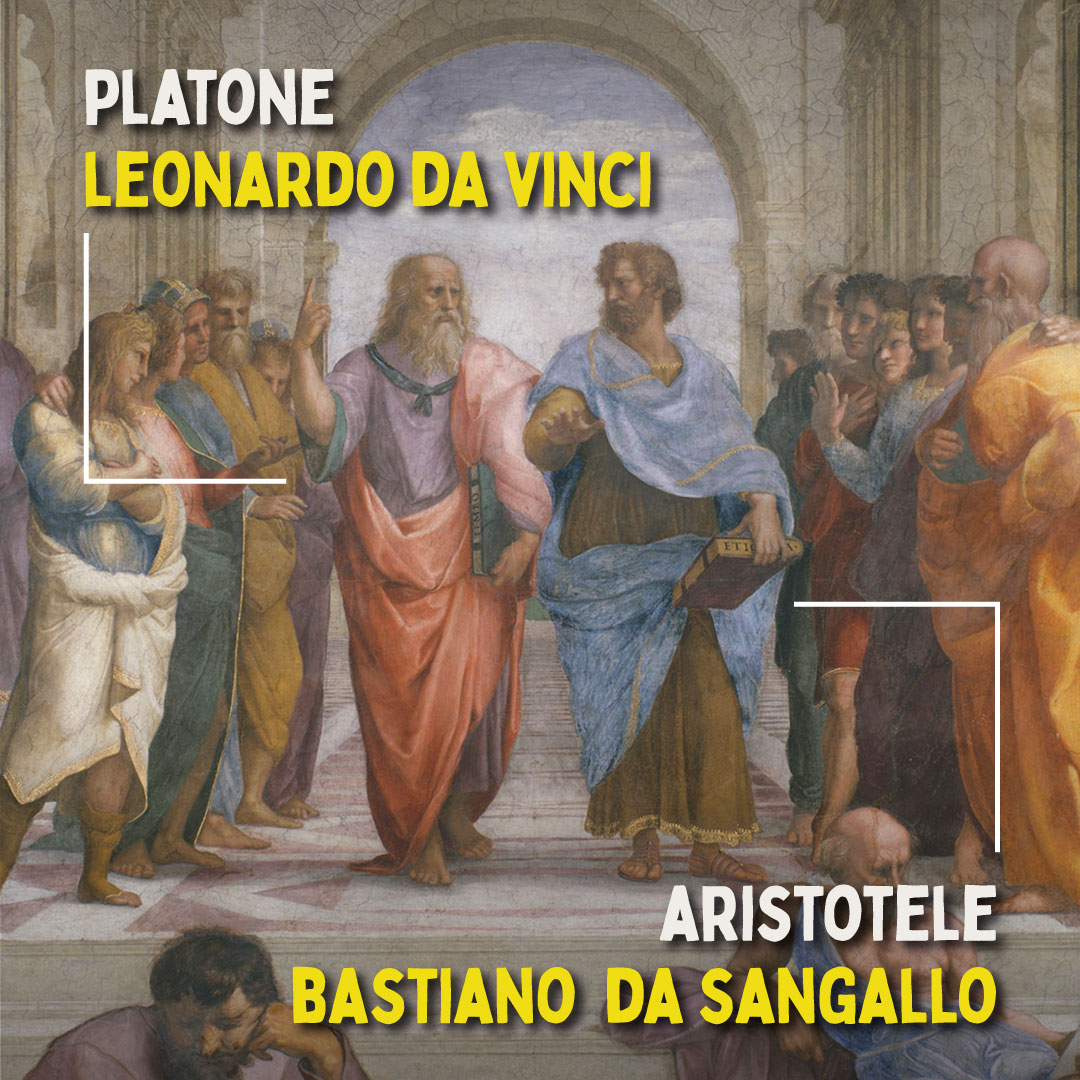 Pope Julius II had commissioned him to fresco his new apartments, and in the famous Stanza della Segnatura, Raphael was to pay homage to humanistic culture by dedicating each wall to a different theme: theology, philosophy, poetry, and jurisprudence.
Pope Julius II had commissioned him to fresco his new apartments, and in the famous Stanza della Segnatura, Raphael was to pay homage to humanistic culture by dedicating each wall to a different theme: theology, philosophy, poetry, and jurisprudence.
On the wall dedicated to philosophy, Raphael paid homage to all the great thinkers of the classical world, bringing together in an imaginary architecture philosophers who lived in different places and at different times. In this way, Raphael borrowed the faces of many of his contemporaries.
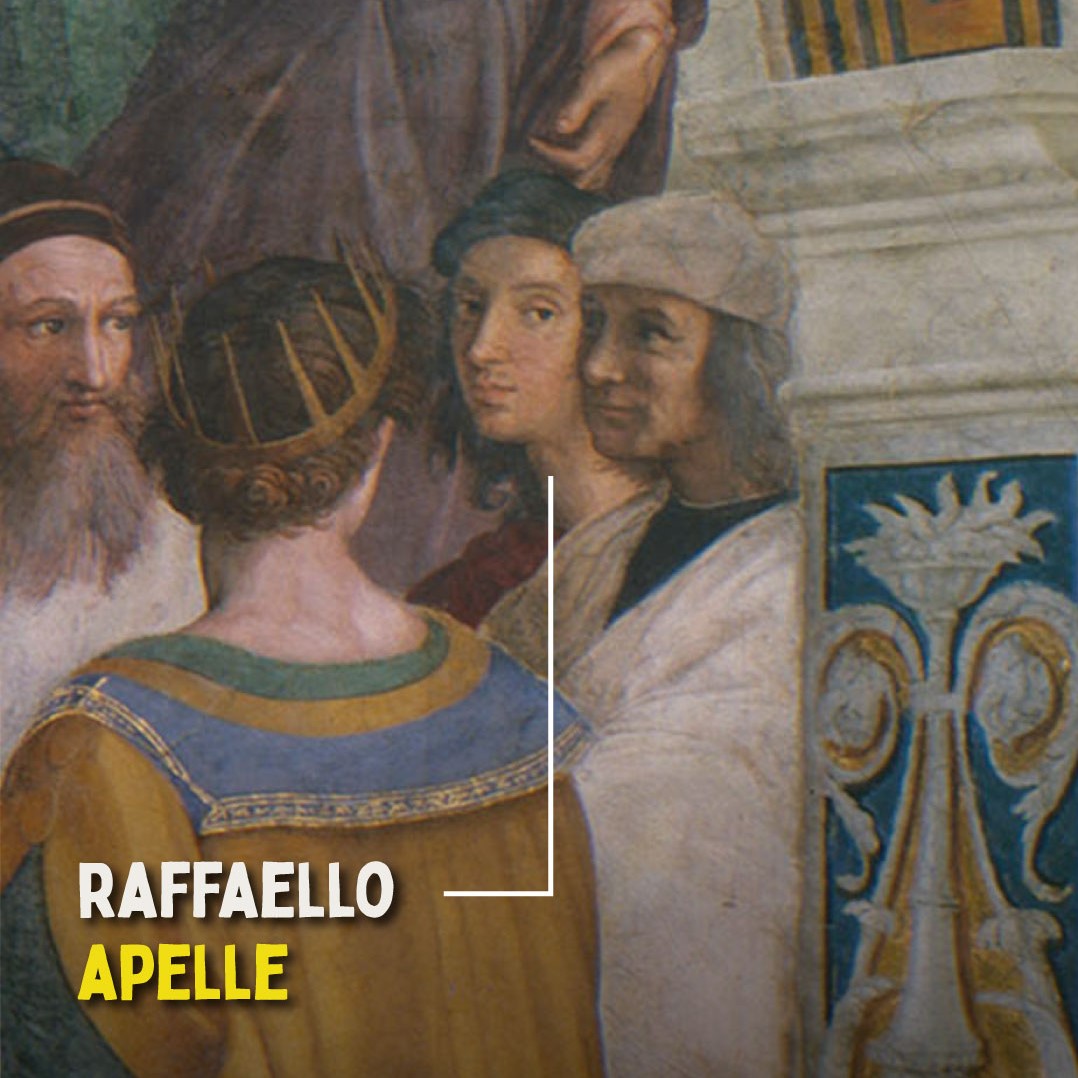
It’s true that it’s not easy to give faces to people who lived thousands of years ago, but this detail alone doesn’t explain Raphael’s choice. On the contrary, he dedicated the faces of his colleagues to the great philosophers of antiquity in order to give centrality and dignity to the figure of the modern artist.
Raphael also wanted to pay tribute to people he respected, as in the case of his colleague Michelangelo-Heraclitus. In fact, the figure does not appear in the preparatory drawings, and it is thought that Raphael did not want to pay homage to him until he had seen the works that his colleague was simultaneously executing in the Sistine Chapel.
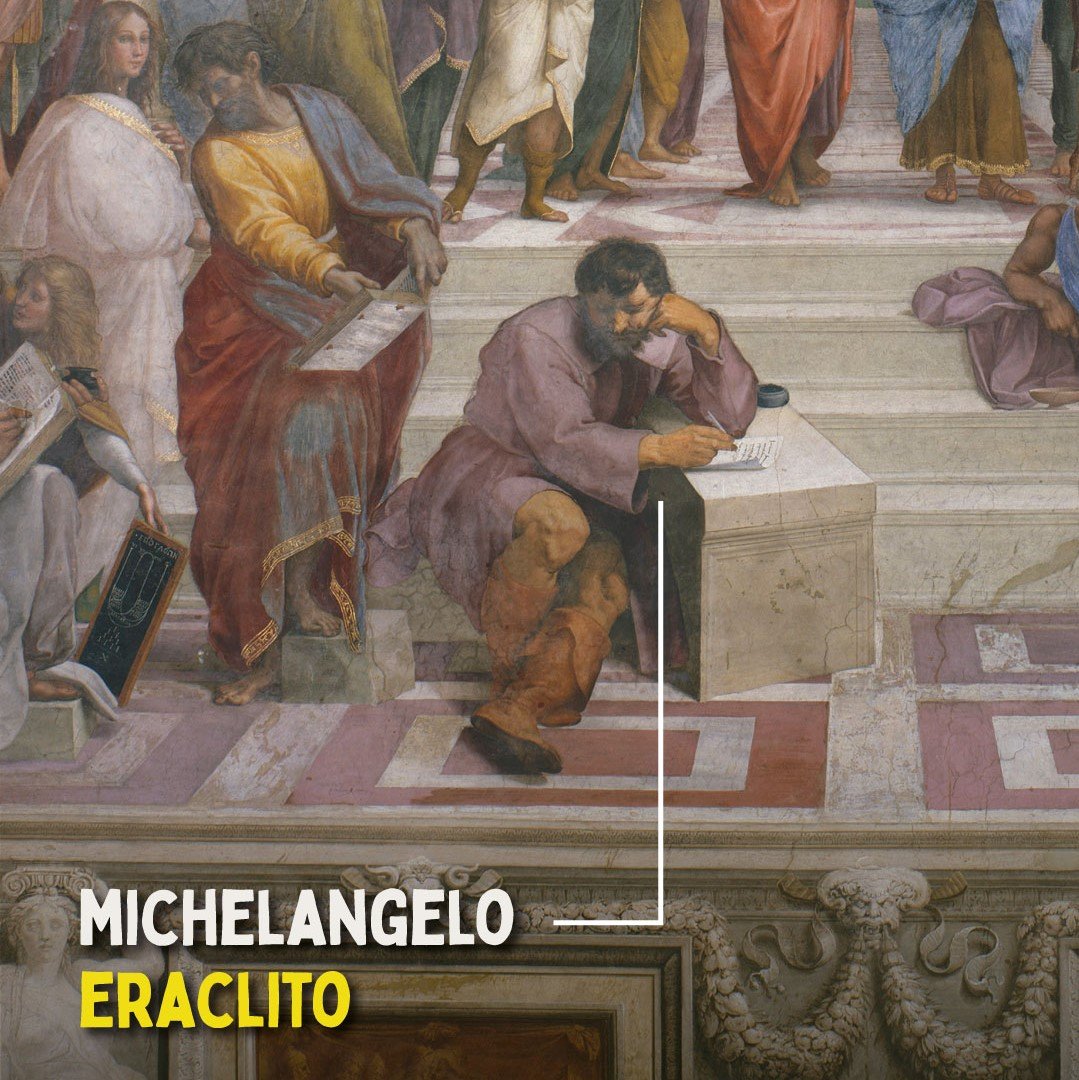
In addition to Michelangelo, Raphael decided to include a tribute to Leonardo da Vinci, who lends his face to one of the two protagonists of the fresco, Plato, while Aristotle seems to have the face of the architect and painter Bastiano da Sangallo. Raphael also found room for a self-portrait, lending his face to the painter Apelles.
Did you like this article? Find out more here
DISCOVER THE OTHER ARTICLES